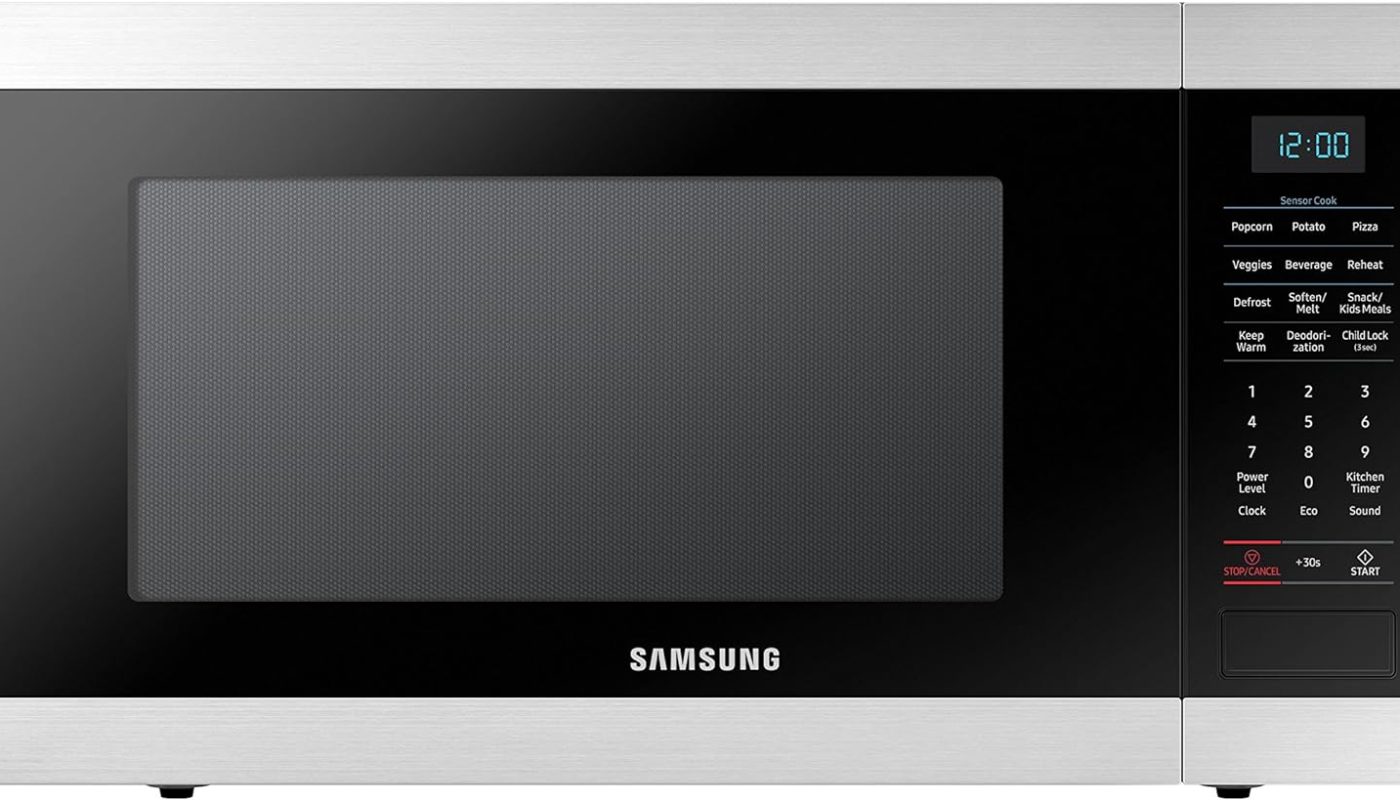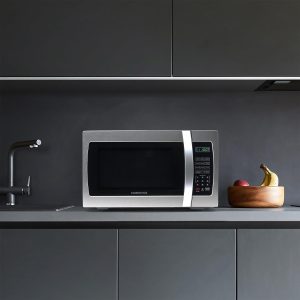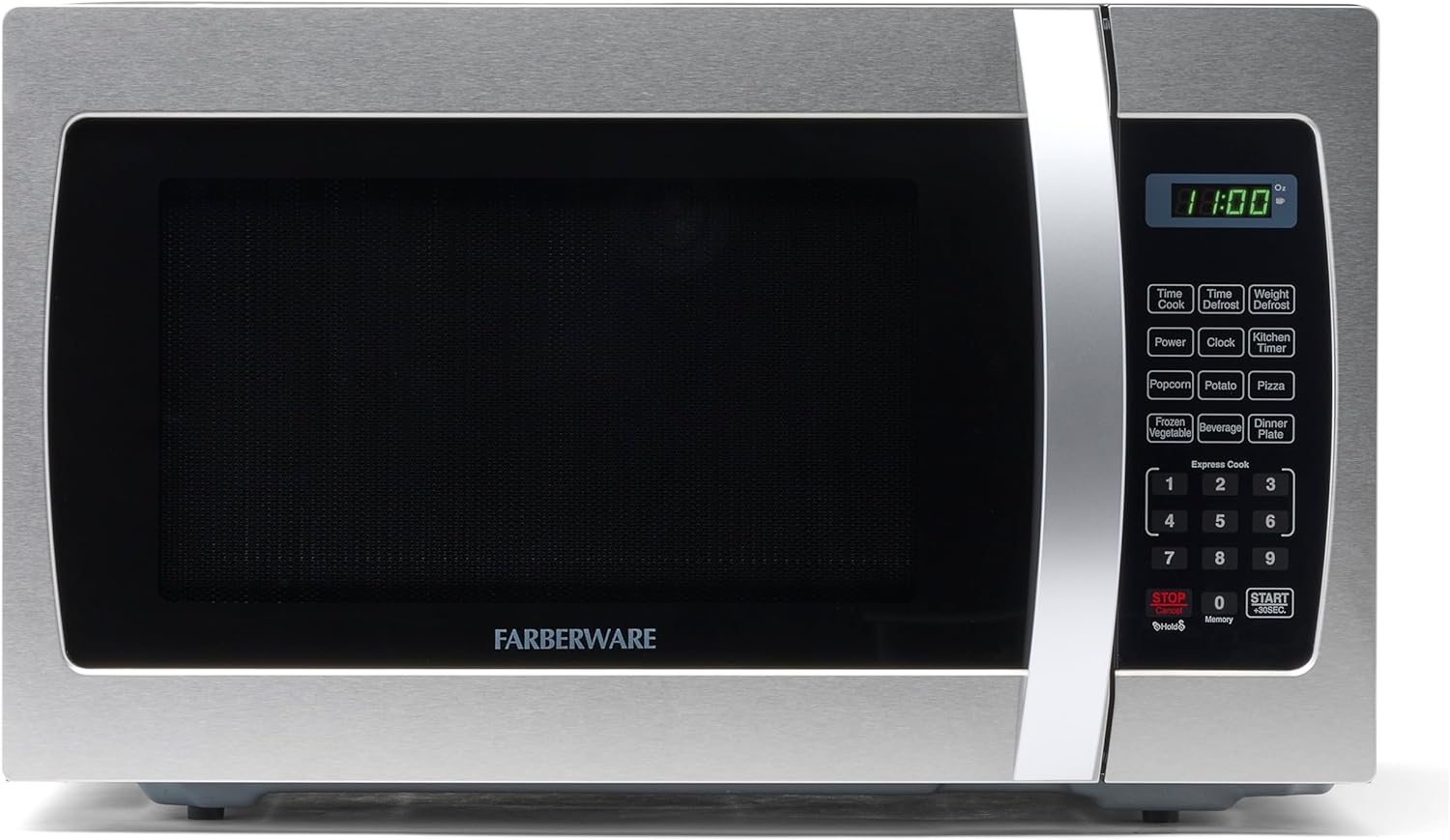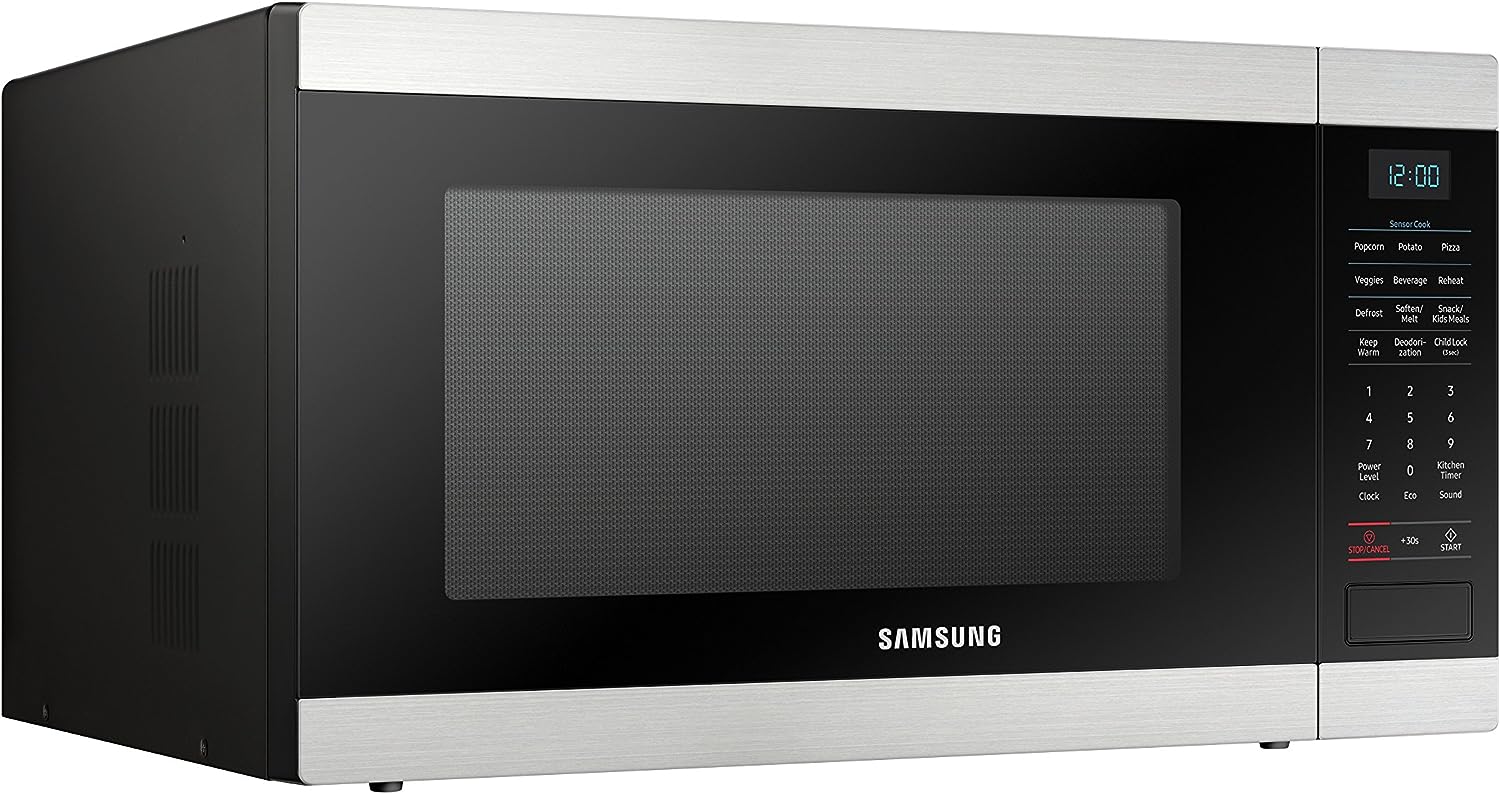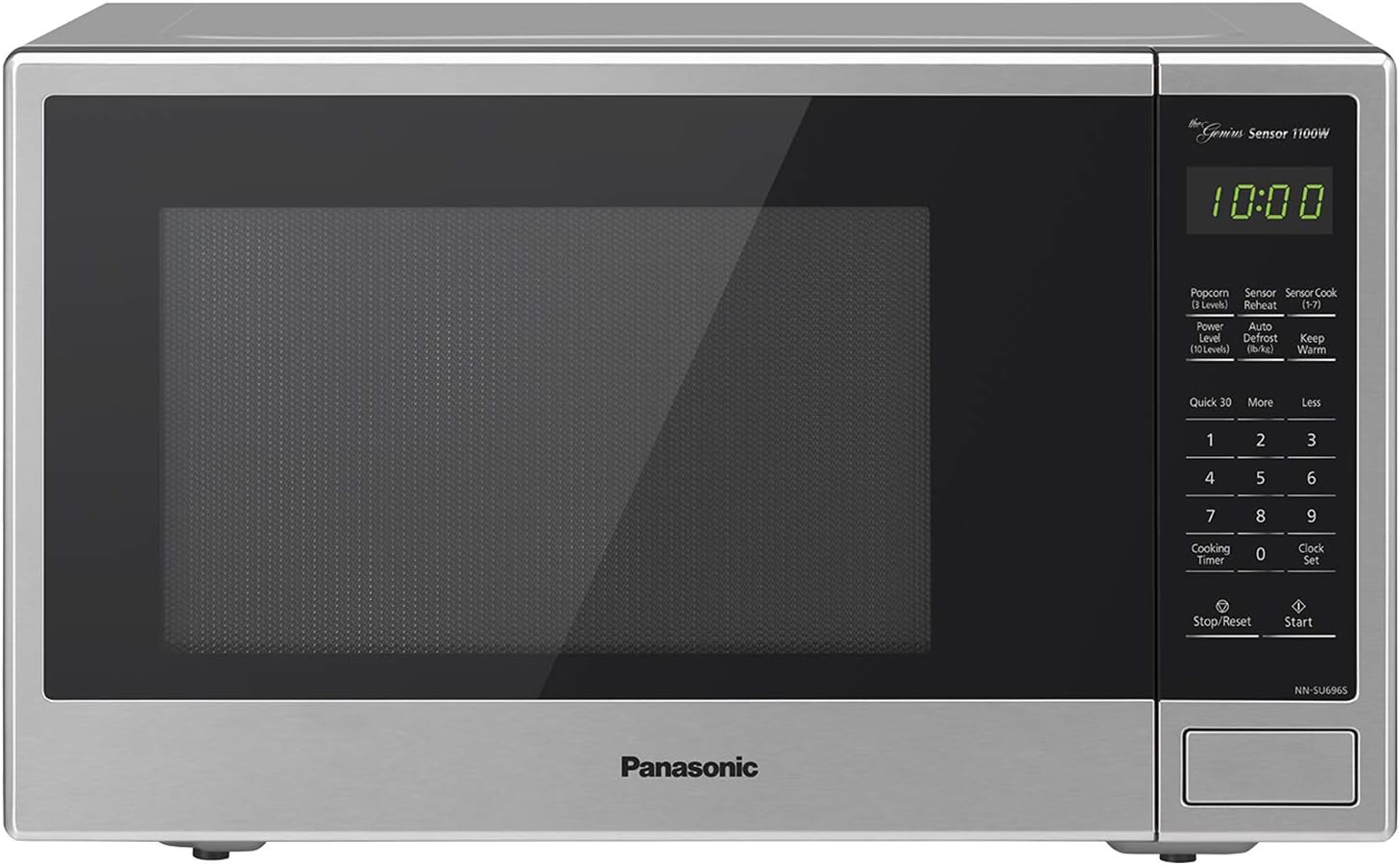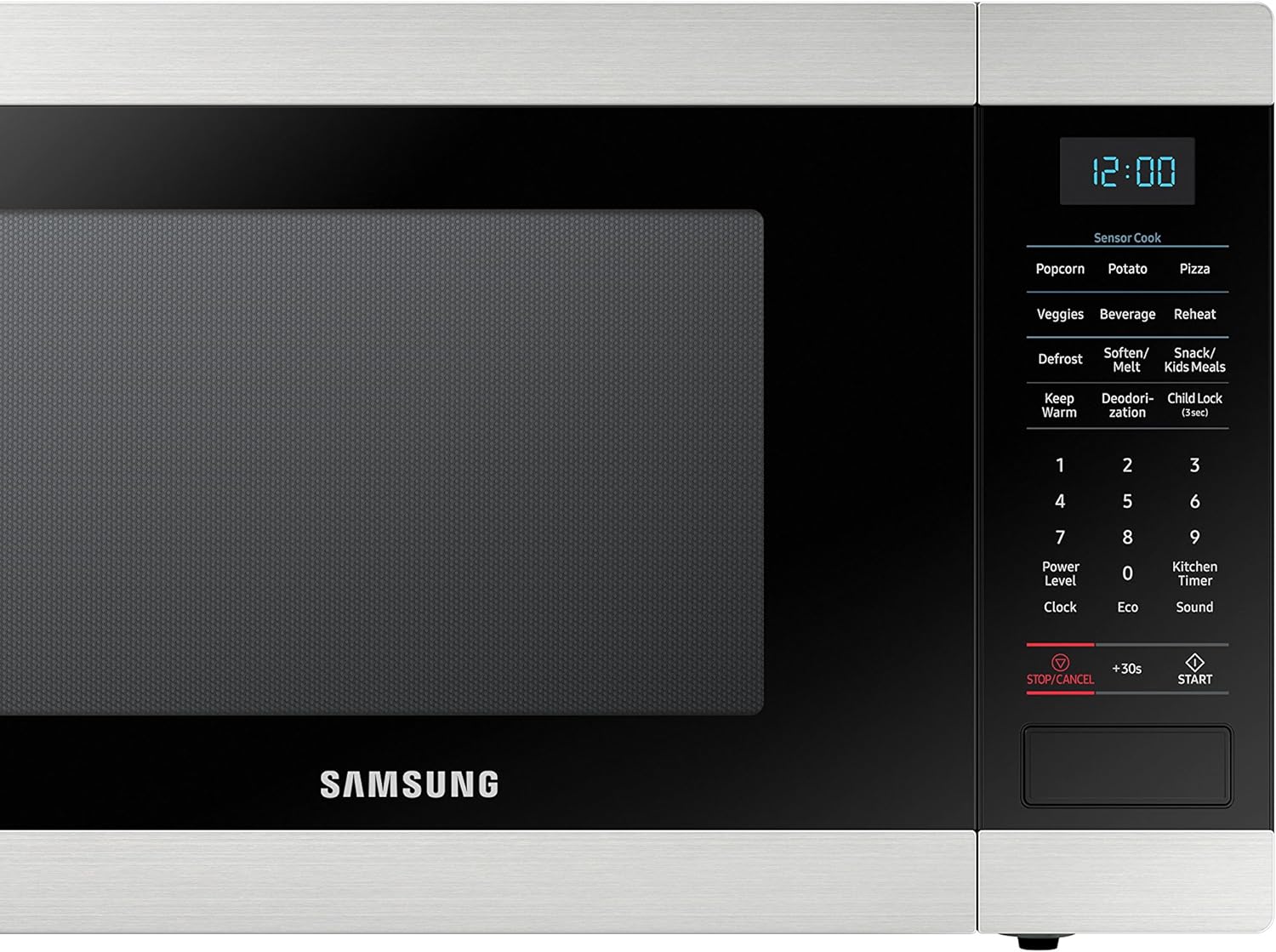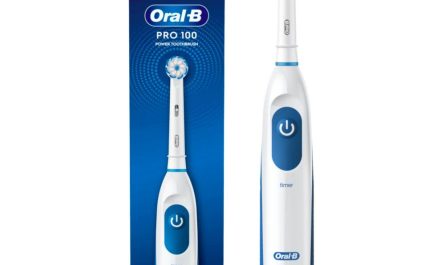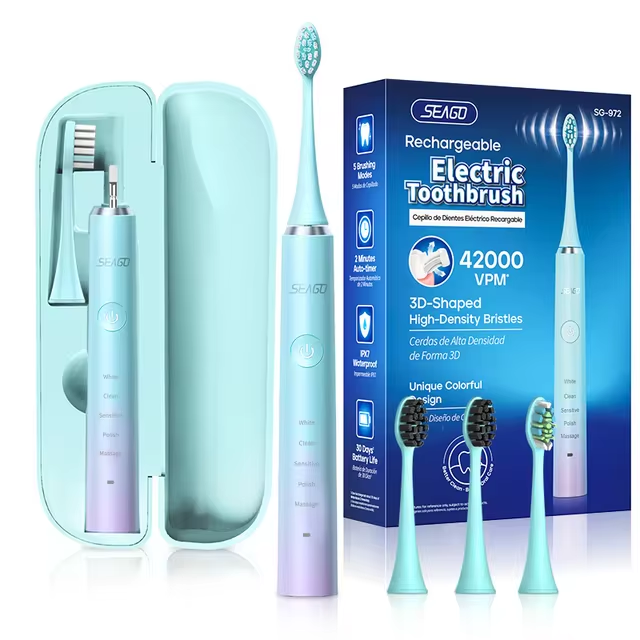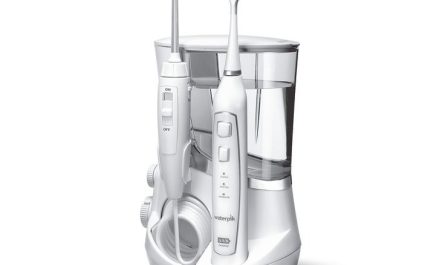Introduction:
Microwave ovens have become a staple in modern kitchens, offering quick and convenient cooking solutions. To make the most of this versatile appliance, it is important to understand the principles and follow some tips for optimal usage. In this article, we will explore the principles and provide useful tips for using microwave ovens. We will discuss the principles of microwave cooking, safety considerations, tips for even heating, defrosting techniques, container choices, and maintenance guidelines. Understanding these principles and tips will help you maximize the benefits of your microwave oven and achieve delicious results.
Some facts about microwaves
Introduction to Microwave Cooking:
Microwave cooking is based on the principle of dielectric heating, where microwaves penetrate the food and generate heat by causing water, fats, and sugars to vibrate. This direct heating process enables quick and efficient cooking.
Safety Considerations: When using a microwave oven, it is essential to follow safety guidelines:
a. Microwave-Safe Containers: Use microwave-safe containers made of glass, ceramic, or microwave-safe plastics. Avoid using metal containers or dishes with metallic trim, as they can cause sparks and damage the oven.
b. Plastic Containers: When using plastic containers, ensure they are labeled as microwave-safe. Use caution with plastic wrap, as it can melt onto the food if it touches the hot surface.
c. Steam Venting: When removing covers or plastic wrap from microwaved food, be cautious of the steam released. Open containers away from your face and body to avoid burns.
d. Hot Surfaces: Take care when handling hot containers or dishes from the microwave. Use oven mitts or heat-resistant gloves to avoid burns.
e. Stir and Test: Stir food during and after cooking to distribute heat evenly and check for desired consistency. Use a food thermometer to ensure that meat and poultry are cooked to safe internal temperatures.
Tips for Even Heating:
To ensure even heating throughout the food, consider the following tips:
a. Stirring: Stirring the food at regular intervals during cooking helps distribute heat evenly and prevents hot spots.
b. Turning and Rotating: Turn and rotate the food during the cooking process to avoid uneven heating. This is particularly important when heating larger or thicker items.
c. Food Placement: Arrange food in a circular or ring pattern on the turntable to promote even heat distribution. If your microwave does not have a turntable, manually rotate the dish halfway through cooking.
d. Covering: Covering the food with a microwave-safe lid or microwave-safe wrap helps retain moisture and prevents splattering.
Effective Defrosting Techniques:
Microwave ovens offer a convenient way to defrost frozen food quickly. Follow these techniques for effective defrosting:
a. Weight or Time-Based Defrosting: Many microwaves offer defrosting options based on weight or time. Use the appropriate setting to ensure thorough and safe defrosting.
b. Power Level: Lower the power level when defrosting to ensure gentle and uniform heat distribution, preventing the outer layers from becoming partially cooked.
c. Break into Smaller Portions: For larger items, such as meat or poultry, it may be helpful to break them into smaller portions before defrosting. This allows for more even and efficient thawing.
d. Rotate and Stir: During the defrosting process, rotate and stir the food at regular intervals to promote even thawing.
Container Choices:
Choosing the right containers for microwave cooking is important. Consider the following tips:
a. Microwave-Safe Dishes: Use microwave-safe dishes made of glass, ceramic, or microwave-safe plastics. These materials are designed to withstand the heat generated by microwaves.
b. Size and Shape: Use appropriately sized containers to allow for proper heat circulation. Avoid using containers that are too deep or narrow, as they may result in uneven cooking.
c. Covering: Use microwave-safe lids or covers to retain moisture and prevent splattering. This helps in achieving even cooking and prevents excessive drying of the food.
Maintenance Guidelines:
To keep your microwave oven in good working condition, follow these maintenance guidelines:
a. Regular Cleaning: Clean the interior and exterior of the microwave regularly to remove food particles, stains, and odors. Wipe spills immediately to prevent them from hardening or causing damage.
b. Door Seals: Inspect and clean the door seals regularly to ensure they are clean and intact. Damaged seals can lead to heat leakage and inefficient cooking.
c. Cleaning the Turntable: Remove and clean the turntable and the support ring according to the manufacturer’s instructions. Regular cleaning prevents the buildup of food debris and ensures smooth rotation.
d. Cleaning the Filters: If your microwave has a venting system, clean or replace the filters as recommended. This helps maintain proper ventilation and ensures efficient operation.
e. Proper Ventilation: Ensure the vents at the back or sides of the microwave are not blocked or obstructed. Proper ventilation prevents overheating and helps extend the lifespan of the appliance.
Additional Tips and Suggestions:
Consider the following additional tips and suggestions for optimal microwave usage:
a. Preheating: Unlike traditional ovens, preheating is not required in a microwave. Simply place the food in the microwave and set the desired cooking time and power level.
b. Use Microwave-Safe Covers: When covering food, use microwave-safe covers or lids that allow steam to escape to prevent pressure buildup.
c. Tinfoil and Metal: Avoid using tinfoil or metal objects inside the microwave, as they can cause sparks and damage the appliance.
d. Use Microwave-Safe Utensils: Use microwave-safe utensils, such as silicone, glass, or microwave-safe plastic utensils, for stirring or testing food.
e. Time Adjustments: Adjust cooking times based on the wattage of your microwave. Higher wattage microwaves may require shorter cooking times, while lower wattage microwaves may need longer cooking times.
f. Resting Time: Allow food to rest after microwaving to evenly distribute heat and complete the cooking process.
Conclusion:
Microwave ovens are versatile and time-saving appliances that can simplify the cooking process. By understanding the principles of microwave cooking, following safety considerations, implementing tips for even heating and defrosting, choosing the right containers, and practicing proper maintenance, you can make the most of your microwave oven. These principles and tips will help you achieve optimal cooking results, ensure food safety, and extend the lifespan of your appliance. Embrace the convenience and efficiency of microwave cooking, and experiment with different recipes to discover the full potential of your microwave oven.

